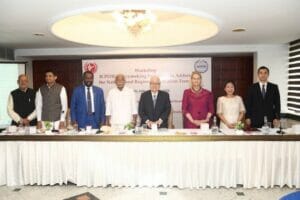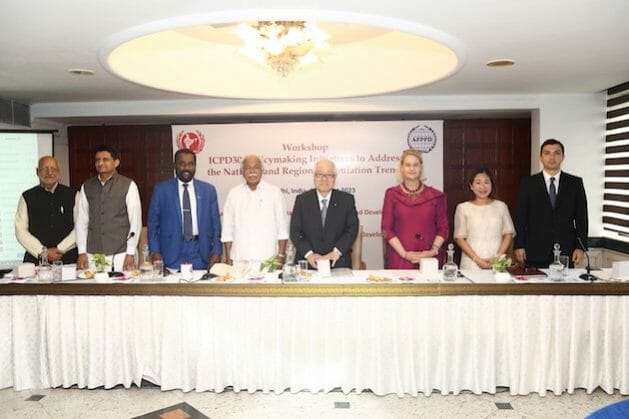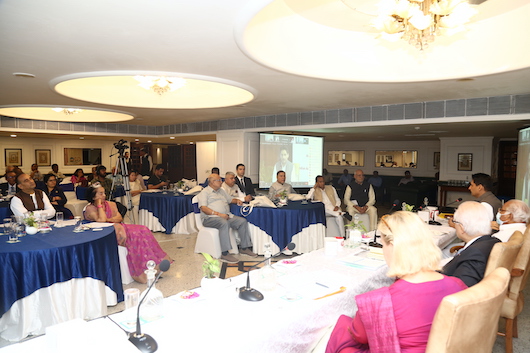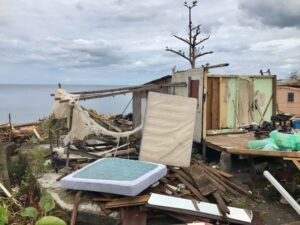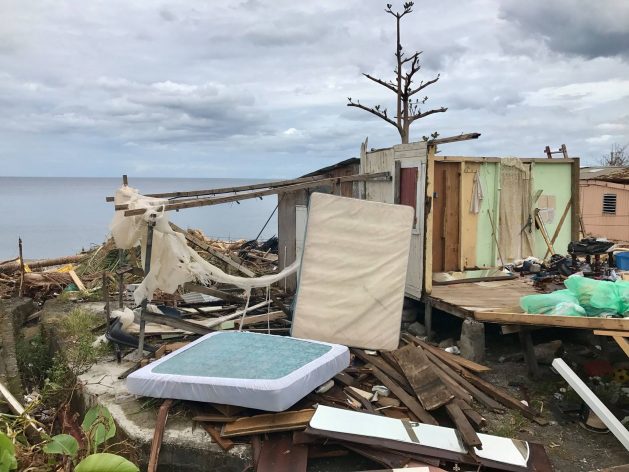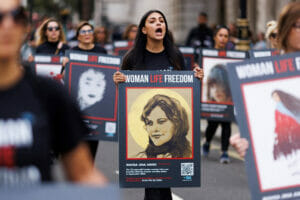
Active Citizens, Civil Society, Crime & Justice, Democracy, Economy & Trade, Featured, Gender, Headlines, Human Rights, Middle East & North Africa, TerraViva United Nations, Youth
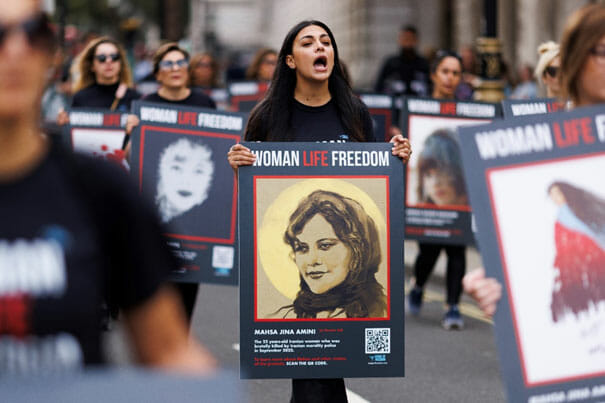
Credit: Dan Kitwood/Getty Images
– It’s a year since a photo of 22-year-old Mahsa Amini – bruised and in a coma she would never recover from after being arrested by the morality police for her supposedly improperly worn hijab – went viral, sending people onto the streets.
The protests became the fiercest challenge ever faced by Iran’s theocratic regime. The unprecedented scale of the protests was matched by the unparalleled brutality of the crackdown, which clearly revealed the regime’s fear for its own survival.
Led by women and young people, mobilisations under the ‘Woman, Life, Freedom’ banner articulated broader demands for social and political change. They spread like wildfire – to streets across Iran, to universities, even to cemeteries where growing numbers of the regime’s victims were being buried. They were echoed and amplified by the Iranian diaspora around the world. The Iranian people made it abundantly clear they wanted the Islamic Republic gone.
A year on, the theocratic regime still stands, but that doesn’t mean nothing has changed. By sheer force, the authorities have regained control – at least for now. But subtle changes in daily life reveal the presence of active undercurrents that could once again spark mass protests. The regime knows this, hence the fear with which it has awaited this date and its redoubled repression as it neared.
A glimpse of change
Last December, as protests raged and the authorities were busy trying to stop them, women could be seen on Iranian streets without their hijabs for the first time in decades. After the protests were quelled, many simply refused to resubmit to the old rules. A tactical shift followed, with mass street mobilisation turning into more elusive civil disobedience.
Women, particularly Gen Z women just like Mahsa, continue to protest on a daily basis, simply by not abiding by hijab rules. Young people express their defiance by dancing or showing affection in public. Cities wake up to acts of civil disobedience emblazoned on their walls. Anti-regime slogans are heard coming from seemingly nowhere. In parts of the country where many people from excluded ethnic minorities live, protest follows Friday prayers. It may take little for the embers of rebellion to reignite.
Preventative repression
Ahead of the anniversary, family members of those killed during the 2022 protests were pressured not to hold memorial services for their loved ones. The lawyer representing Mahsa Amini’s family was charged with ‘propaganda against the state’ due to interviews with foreign media. University professors suspected to be critical of the regime were dismissed, suspended, forced to retire, or didn’t have their contracts renewed. Students were subjected to disciplinary measures in retaliation for their activism.
Artists who expressed support for the protest movement faced reprisals, including arrests and prosecution under ridiculous charges such as ‘releasing an illegal song’. Some were kept in detention on more serious charges and subjected to physical and psychological torture, including solitary confinement and beatings.
Two months ago, the regime put the morality police back on the streets. Initial attempts to arrest women found in violation of hijab regulations, however, were met with resistance, leading to clashes between sympathetic bystanders and police. Women, including celebrities, have been prosecuted for appearing in public without their hijab. Car drivers carrying passengers not wearing hijab have been issued with traffic citations and private businesses have been closed for noncompliance with hijab laws.
The most conservative elements of the regime have doubled down, proposing a new ‘hijab and chastity’ law that seeks to impose harsher penalties, including lashes, heavy fines and prison sentences of up to 10 years for those appearing without the hijab. The bill is now being reviewed by Iran’s Guardian Council, a 12-member, all-male body led by a 97-year-old cleric.
[embedded content]
If not now, then anytime
In the run-up to 16 September, security force street presence consistently increased, with snap checkpoints set up and internet access disrupted. The government clearly feared something big might happen.
As the anniversary passes, the hardline ruling elite remains united and the military and security forces are on its side, while the protest movement has no leadership and has taken a bad hit. Some argue that what made it spread so fast – the role of young people, and young women in particular – also limited its appeal among wider Iranian society, and particularly among low-income people concerned above all with economic strife, rising inflation and increasing poverty.
There are ideological differences among the Iranian diaspora, which formed through successive waves of exiles and includes left and right-wing groups, monarchists and ethnic separatists. While most share the goal of replacing the authoritarian theocracy with a secular democracy, they’re divided over strategy and tactics, and particularly on whether sanctions are the best way to deal with the regime.
Ever since the protests took off last year, thousands of people around the world have shown their support and called on their governments to act. And some have, starting with the USA, which early on imposed sanctions on the morality police and senior police and security officials. New sanctions affecting 29 additional people and entities, including 18 members of the Islamic Revolutionary Guard Corps and security forces, were imposed on the eve of the anniversary of the protests, 15 September, International Day of Democracy. That day, US President Joe Biden made a statement about Mahsa Amini’s inspiration of a ‘historic movement’ for democracy and human dignity.
The continuing outpouring of international solidarity shows that the world still cares and is watching. A new regime isn’t around the corner in Iran, but neither is it game over in the quest for democracy. For those living under a murderous regime, every day of the year is the anniversary of a death, an indignity or a violation of rights. Each day will therefore bring along a new opportunity to resurrect rebellion.
Inés M. Pousadela is CIVICUS Senior Research Specialist, co-director and writer for CIVICUS Lens and co-author of the State of Civil Society Report.

